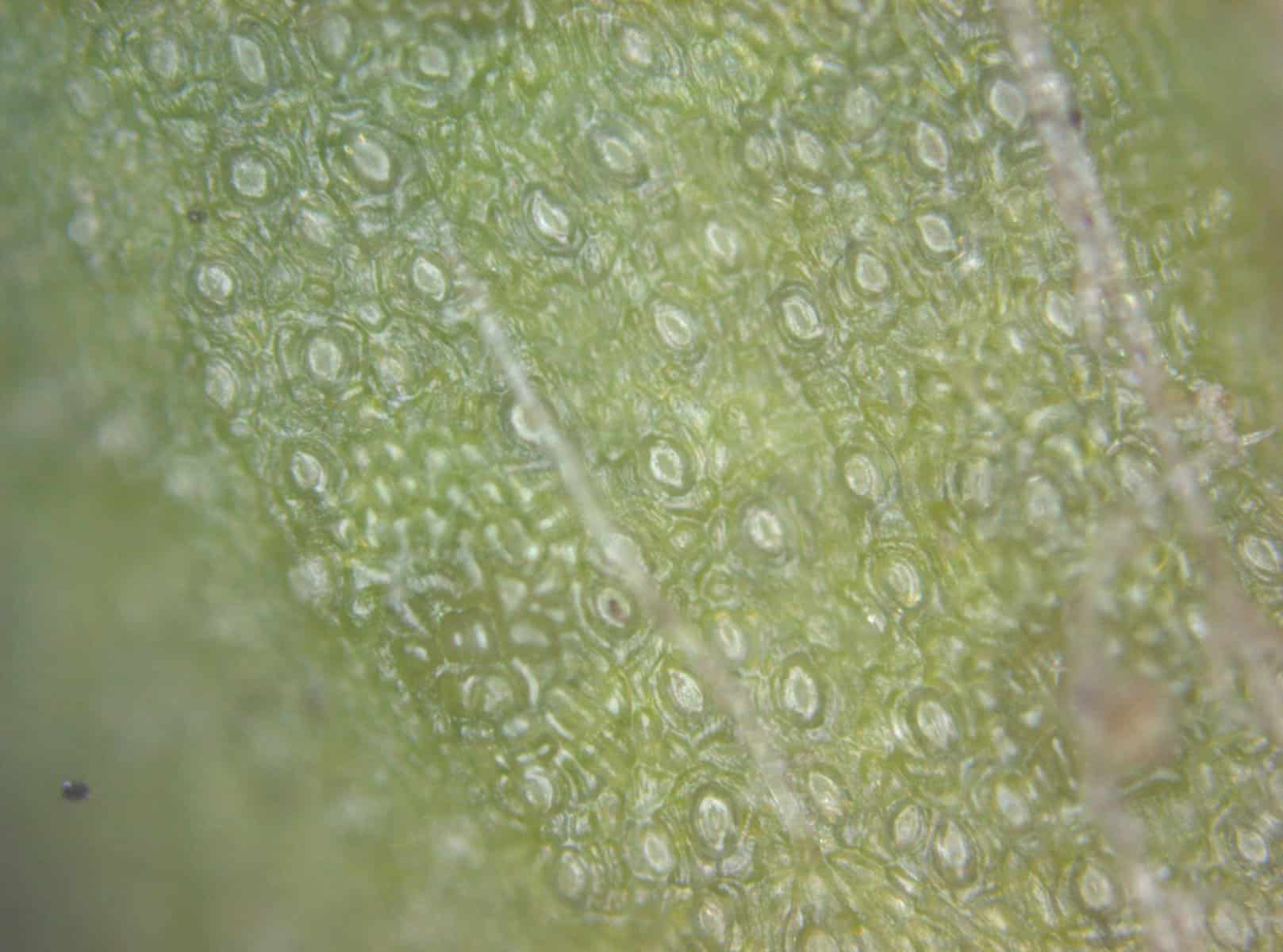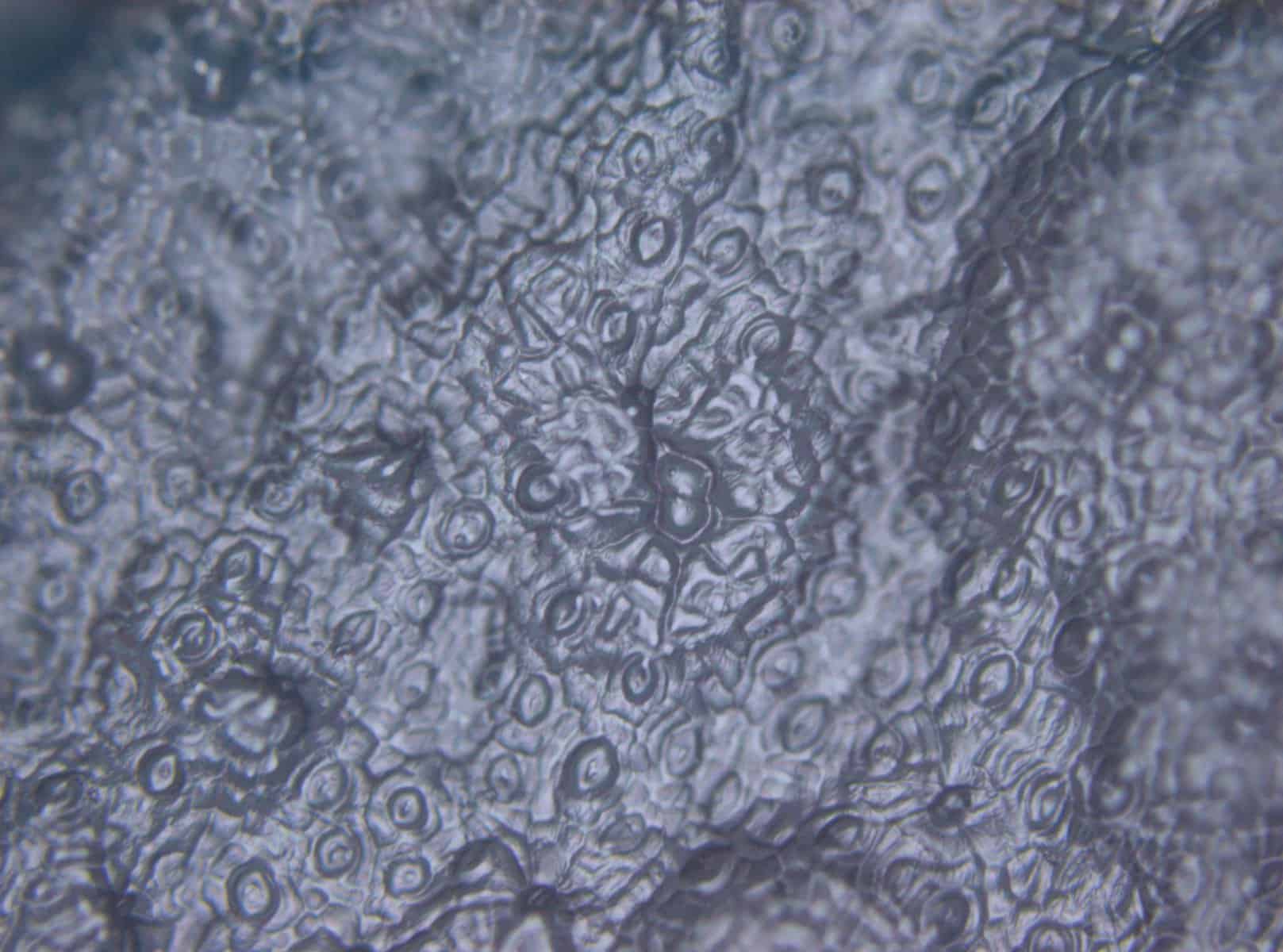

By Beyond Myrtle Rust.
“There’s a lot of writing and research involved in a PhD,” says Sarah, “particularly because I haven’t done anything related to mycology before, and it’s a field with a lot of words and concepts that are not used anywhere else.”
Sarah arrived at her PhD in a roundabout way, originally studying engineering at the University of Canterbury.

“I loved science and was good at math, so everyone said engineering would be a good fit.”
After a week she realized how different engineering was from the science she loved. After a semester, she switched to biochemistry. For her Honours, she studied the links between herbicides and colon cancer.
“It was interesting and I enjoyed it, but I wasn’t passionate about it,” she says. “I wanted to help solve problems specific to New Zealand.”
Her search led her to the work being done by Dr Ashley Garrill, associate professor of biology at the University of Canterbury. Dr Garrill studies how fungi grow, and part of his research is dedicated to the fungus responsible for the disease myrtle rust. Even though Sarah had never worked with fungi, she was inspired – the research is locally relevant, and Sarah liked the idea of crossing so many different disciplines to solve a problem.
“I guess I got hooked on it.”
Sarah has two main goals for her PhD. The first goal is to grow myrtle rust on an artificial medium.
“Since rust fungi are biotrophic, they need a living host to survive in nature,” says Sarah. “I’m going to develop an in vitro cultivation protocol so that we can grow it without using a living host.”
This is an important step in enabling further studies of myrtle rust. Being able to grow rust fungi on a non-living surface would reduce the need for plant hosts, which can be difficult and/or time consuming to grow. It is also a crucial step in the second goal of Sarah’s PhD.
Her second goal is to measure the forces exerted by the fungus. Force can be measured using “lab-on-a-chip” technologies, a specialty of Sarah’s supervisors Dr Garrill and Dr Volker Nock, a Senior Lecturer in the Department of Electrical and Computer Engineering with research expertise in lab-on-a-chip devices.
Sarah will be engineering her own lab-on-a-chip device using the artificial medium developed in the first phase of her PhD. The design will measure not only horizonal forces exerted by the growing fungus, but also vertical forces.
“On a plant, the fungus causing myrtle rust grows along the surface and then penetrates into the plant,” says Sarah.
Once Sarah knows the force exerted by the rust, she can combat it.
“The lab-on-a-chip platform can be used to measure the impacts of different microorganisms, bioactive compounds or potential fungicides on the fungus and see how they impact growth and penetrative force.”
If there’s a way of weakening myrtle rust’s ability to penetrate plant tissue, it will go a long way towards mitigating the destruction of this disease. And even if Sarah concludes her PhD before these experiments take place, her lab-on-a-chip device will allow others to conduct these studies in the future.
“It will be a good foundation for future work, even if I don’t get to it myself,” says Sarah.
Sarah’s research is being supported by MBIE, Plant and Food Research and University of Canterbury. Funding is primarily from the MBIE Endeavour programme, Beyond Myrtle Rust, with additional funding from the MacDiarmid Institute, Rutherford Discovery Fellowship, BIC and Science for Technological Innovations.